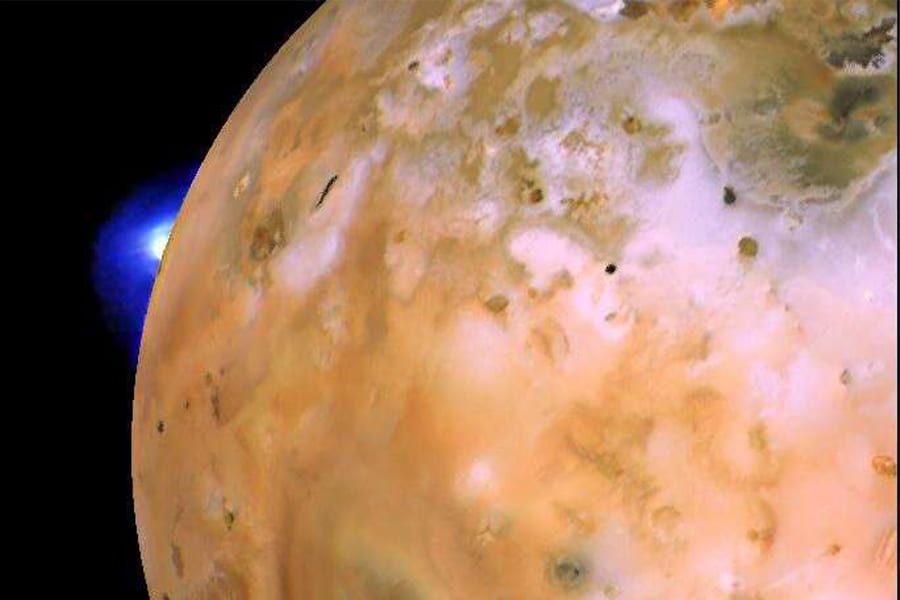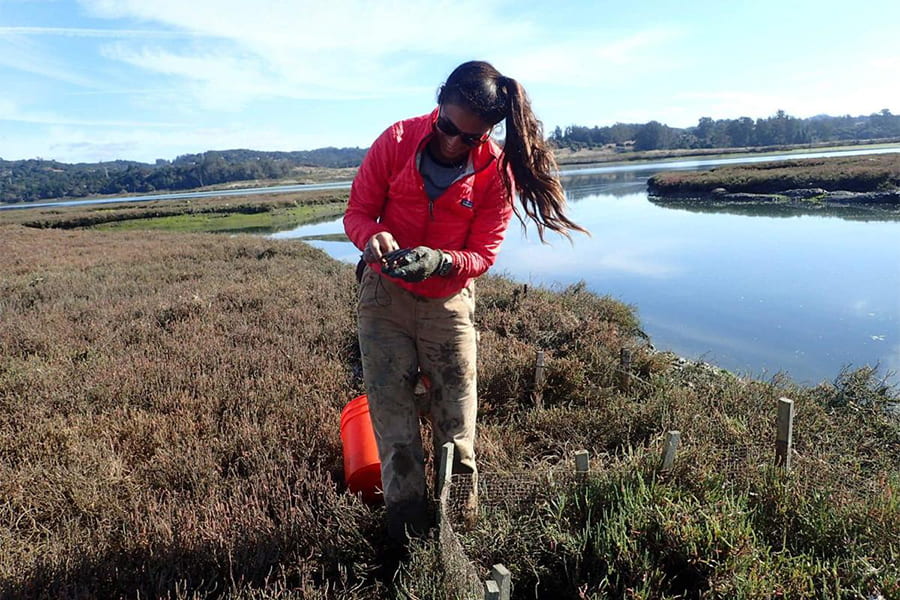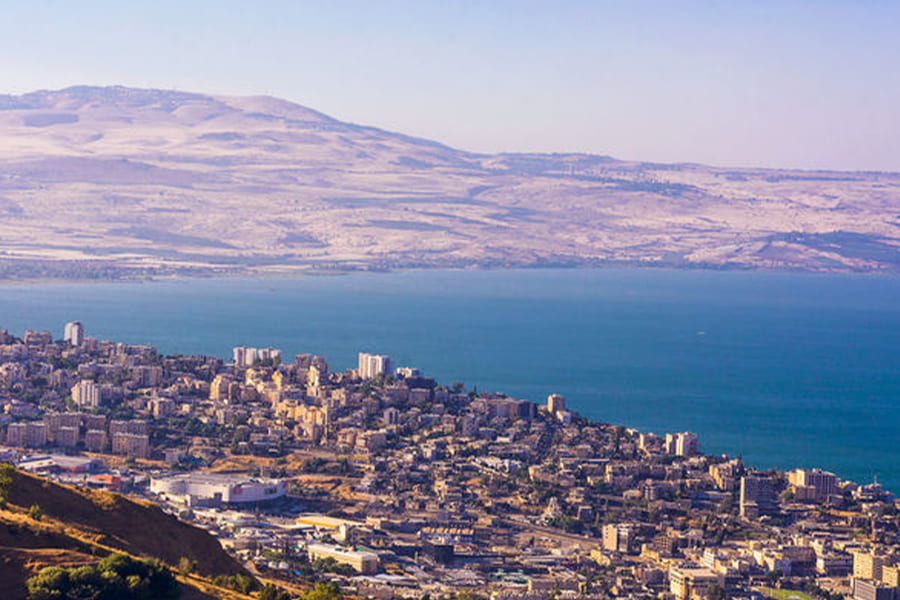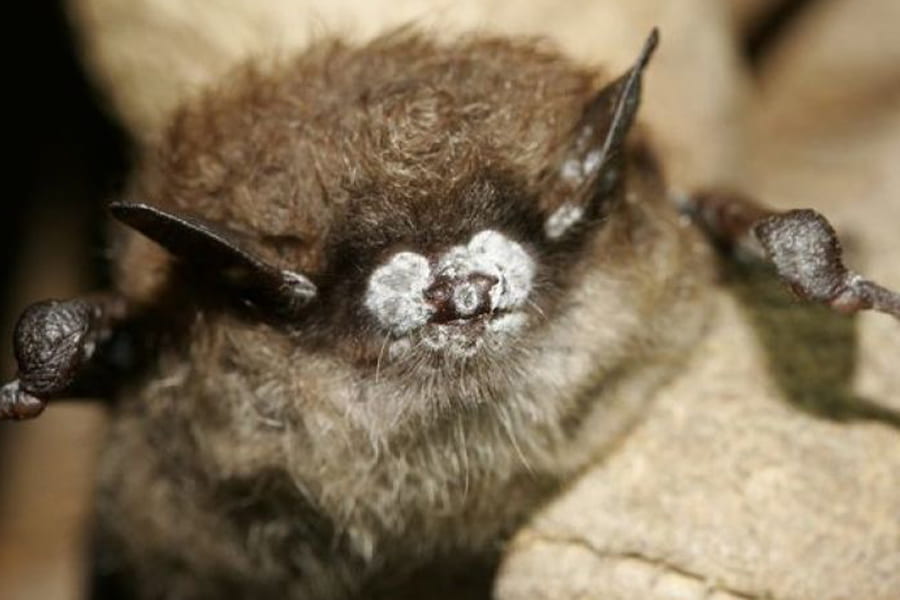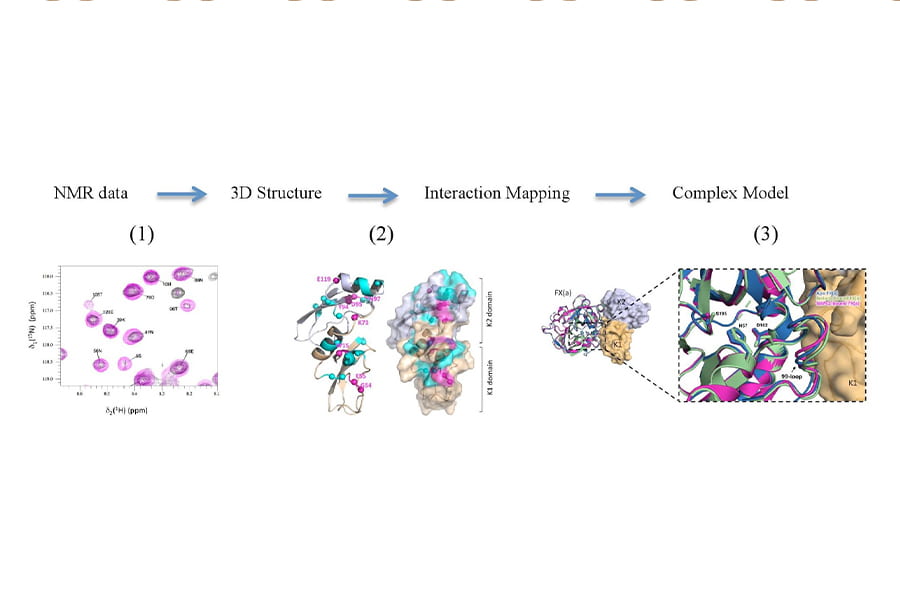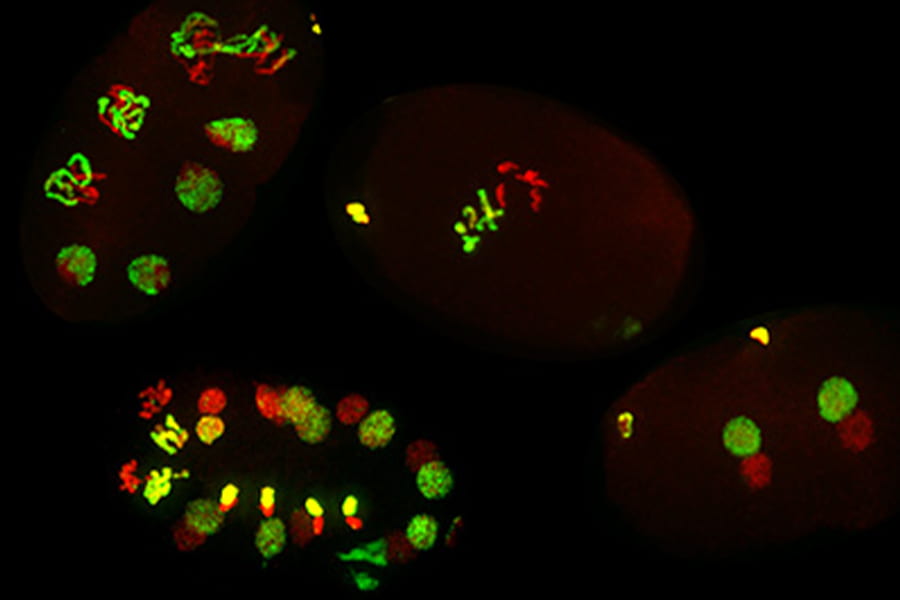New study traces Io's volcanic tides
PhysOrg — “The magma in Io’s crust takes time to flow,” said Francis Nimmo, a geophysicist at the University of California Santa Cruz and co-author on the new paper. “If you squeeze and stretch the crust rapidly, nothing happens; but if you squeeze and stretch it more slowly, the magma has time to move far enough to fill a volcanic conduit, causing an eruption. It’s similar to the way you can run on wet sand, but if you walk slowly your feet sink.”

